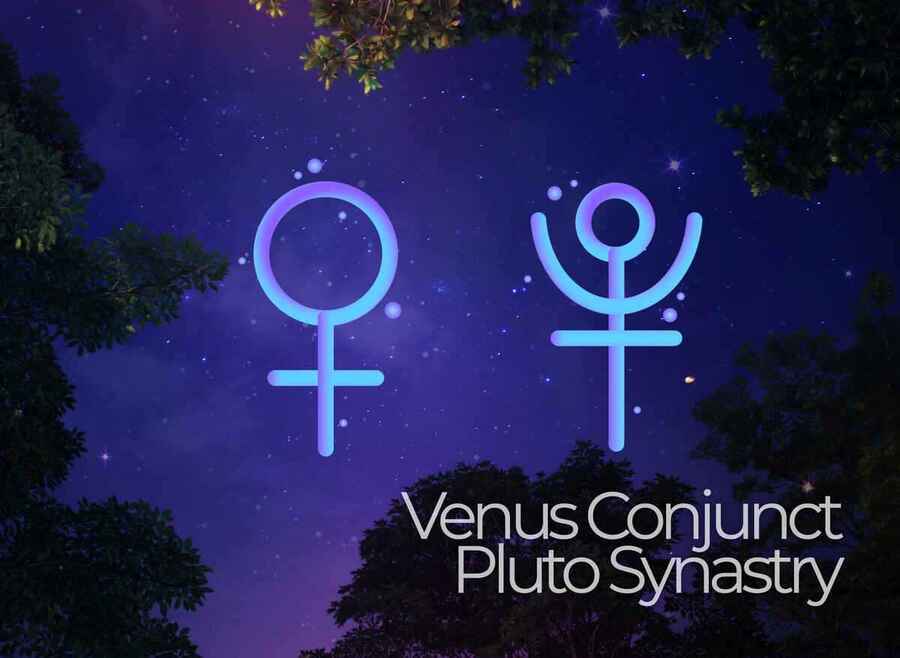

They are in contradiction with each other and try to gain the upper hand on the other one, which results in the native's being psychologically torn between the two poles of the opposition. Such planets are said to be in opposition. The aspect connects two planets posited 180 degrees apart, and thus, in two complementary signs. Its function is to combine and blend the characteristics of the planets' energies. It may also depend on the nature of the two planets involved. The conjunction takes a positive or negative influence, depending on the other aspects formed. Here are the major aspects that may be found:Īs indicated by its name, it is formed when two planets are on the same degree, or when they are very close to each other. We give an extra orb of 0.1 degree (6 minutes) to the transiting luminaries. In the forecasts based on transits, we take into account major aspects only (conjunction, opposition, trine, square, and sextile). Regarding the fictitious points that are the lunar nodes and Lilith, the orb is limited to 3 degrees on the sky map display, whatever the aspect. the Sun and the Moon, and 0.3 degree is added for all aspects (the orb is wider by 18 minutes when the Sun or the Moon is involved, and by 36 minutes for Sun-Moon aspects).

because we think that many visitors are interested in seeing all the aspects and that differences are not significant. We do not apply extra weighting to differentiate among personal planets, trans-saturnian planets, etc. With the search by astrological aspects tool, you can find hundreds of thousands examples of aspects, available in the horoscopes of the Astrotheme Database. In our programs, we take 11 aspects: the Conjunction, the Opposition, the Trine, the Sextile, the Square, the Semi-Sextile, the Semi-Square, the Sesqui-Square, the Quincunx, the Quintile, and the Bi-Quintile. Much smaller orbs are used in forecasting and synastry works because these techniques require that aspects be more exact if they are to be efficient. In natal charts, usually accepted orbs (exactness of aspect) are 9 to 10 degrees for oppositions and conjunctions, 7 to 9 degrees for trines and squares, 4 to 6 degrees for sextiles, 2 degrees for quincunxes and sesqui-squares, around 1 degree for semi-sextiles and semi-squares, and often 0.5 to 1 degree for quintiles and their family (semi-quintiles and bi-quintiles).

Each aspect is allowed a different orb, and traditionally, some astrology schools assign them slightly differing coefficients. If the planets are linked by a wide orb aspect, their influence is less strong. If the orb is tight (almost exact aspect), the aspect is more powerful. Thus, the exactness of the aspect, referred to as "orb" in astrology, is to be considered. Moreover, angles between planets never exactly match the standard definition of aspects. Aspects are of utmost importance in assessing the natal chart because they help in identifying the nature of the relationship, whether hard or soft, between the energies released by the planets involved, which constitutes all the complexity and richness of the personality.Īspects express themselves more or less strongly according to their importance, or lack of.


 0 kommentar(er)
0 kommentar(er)
